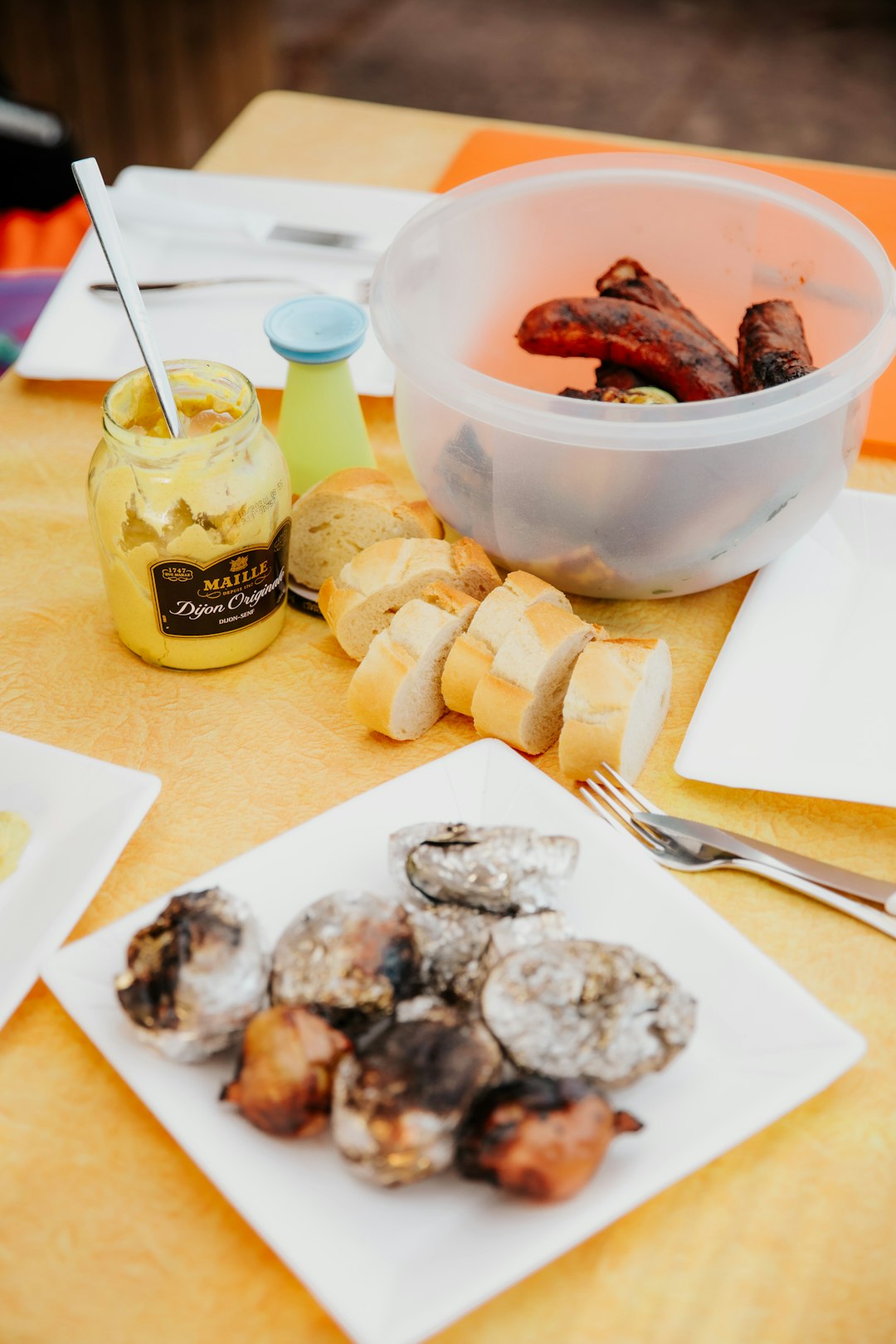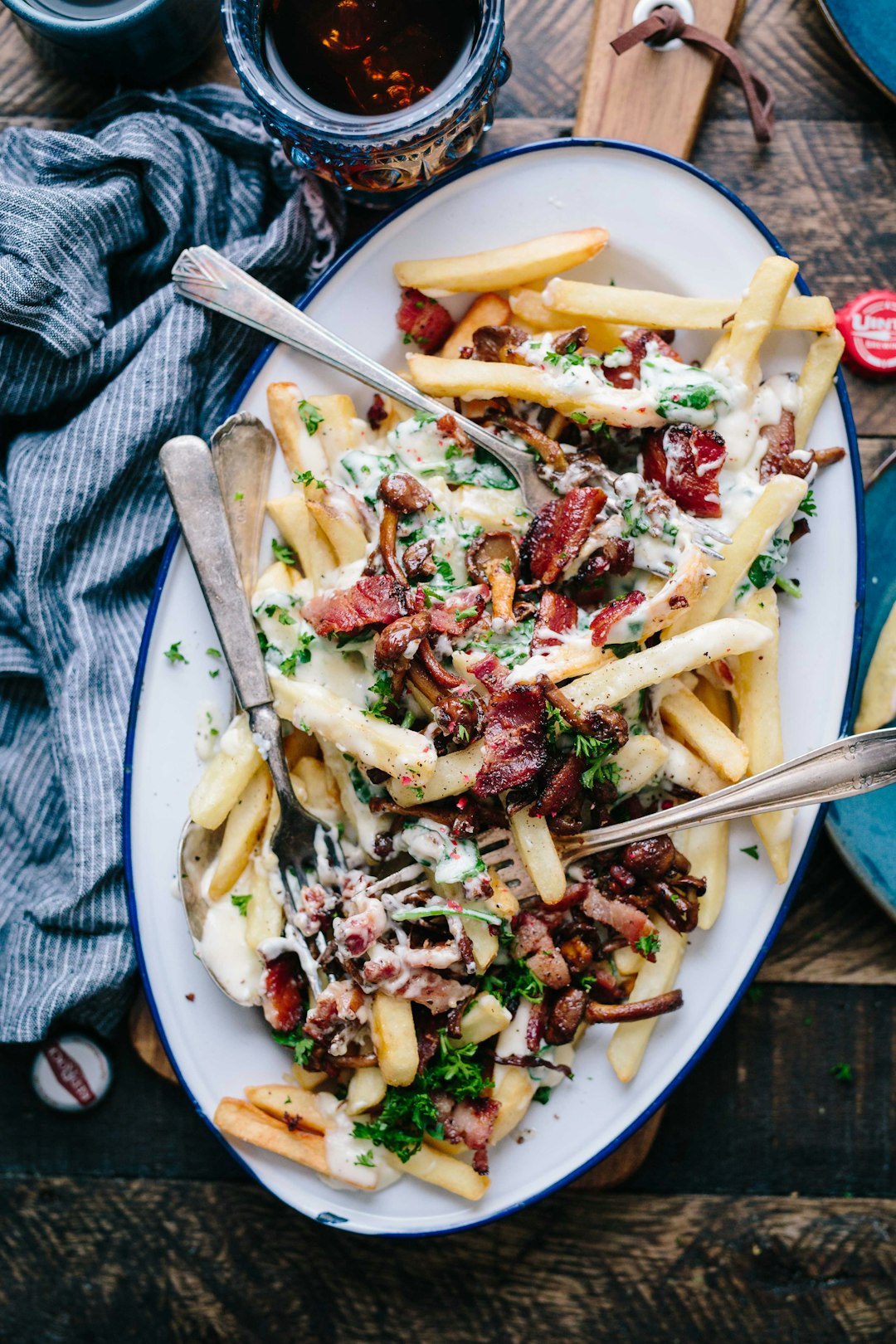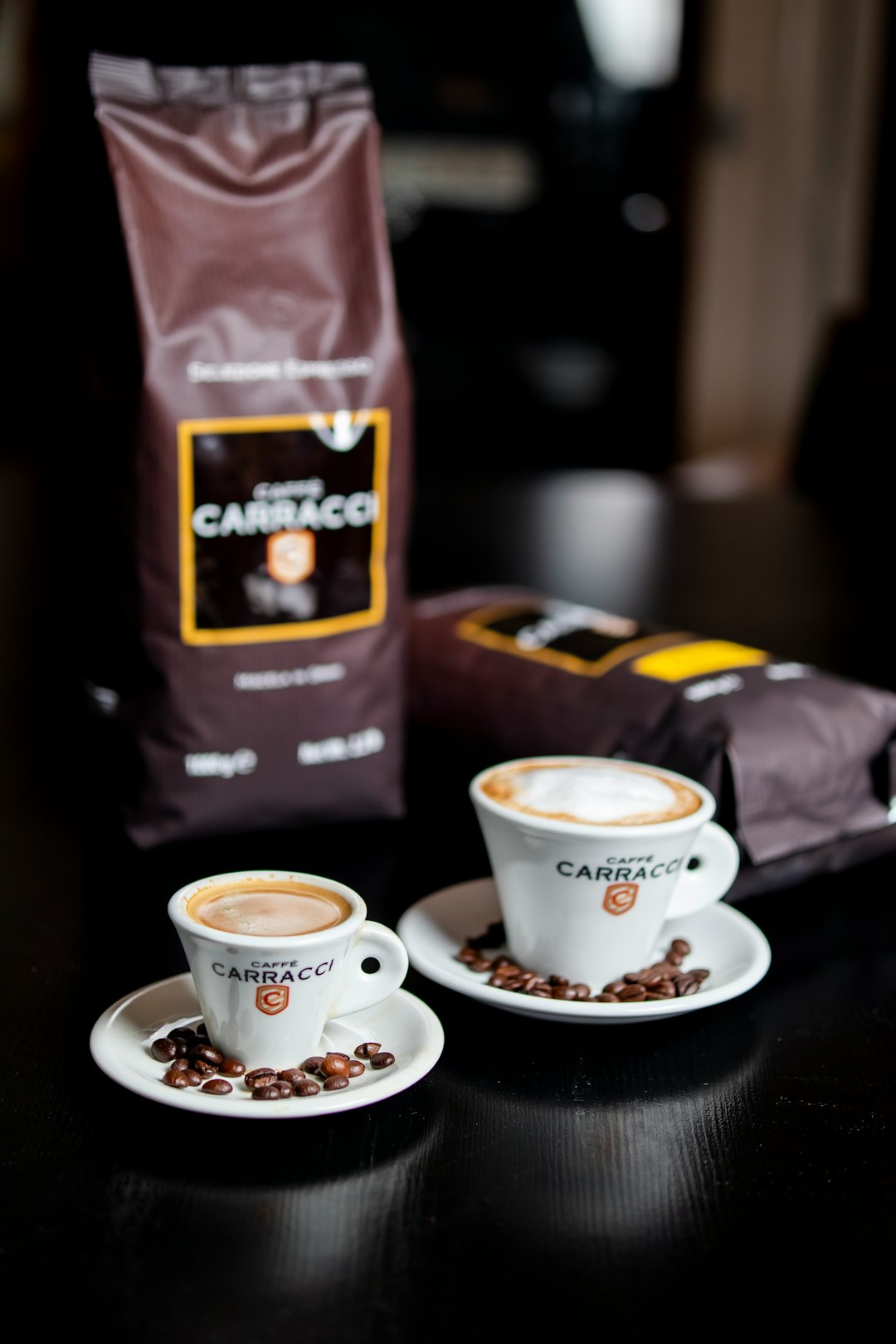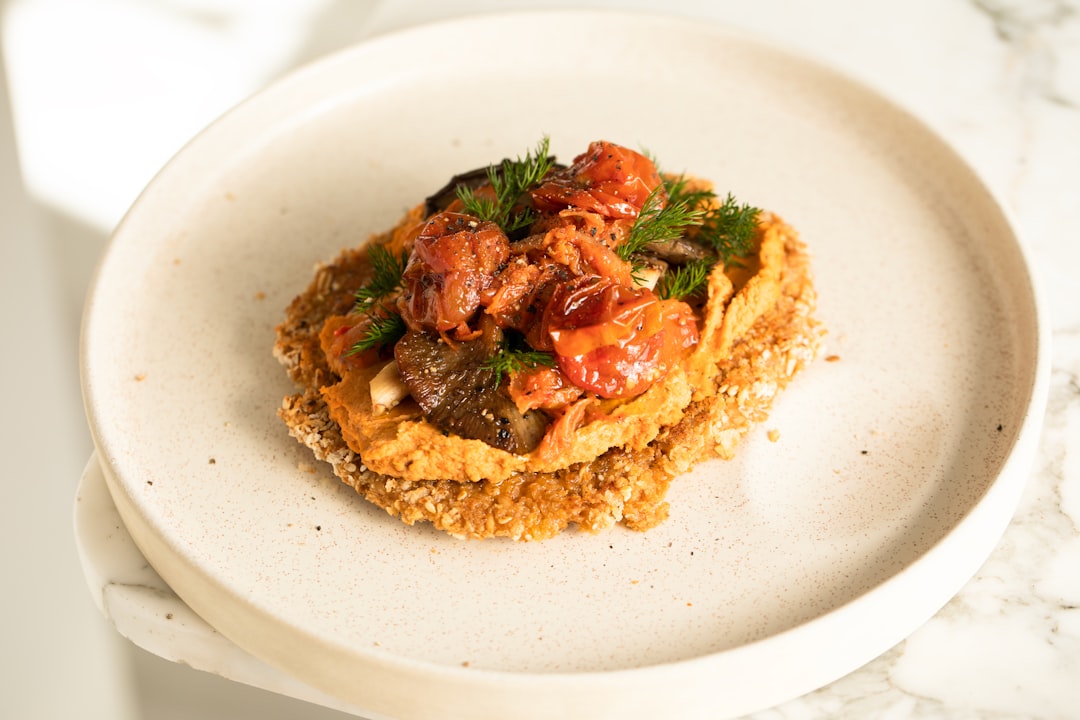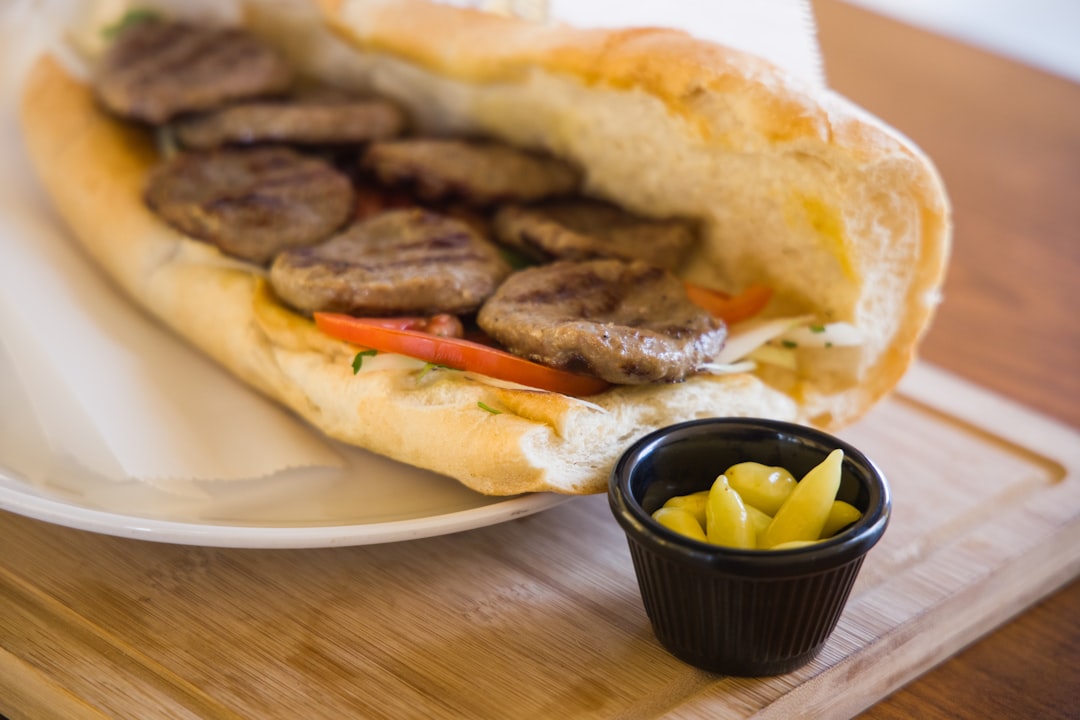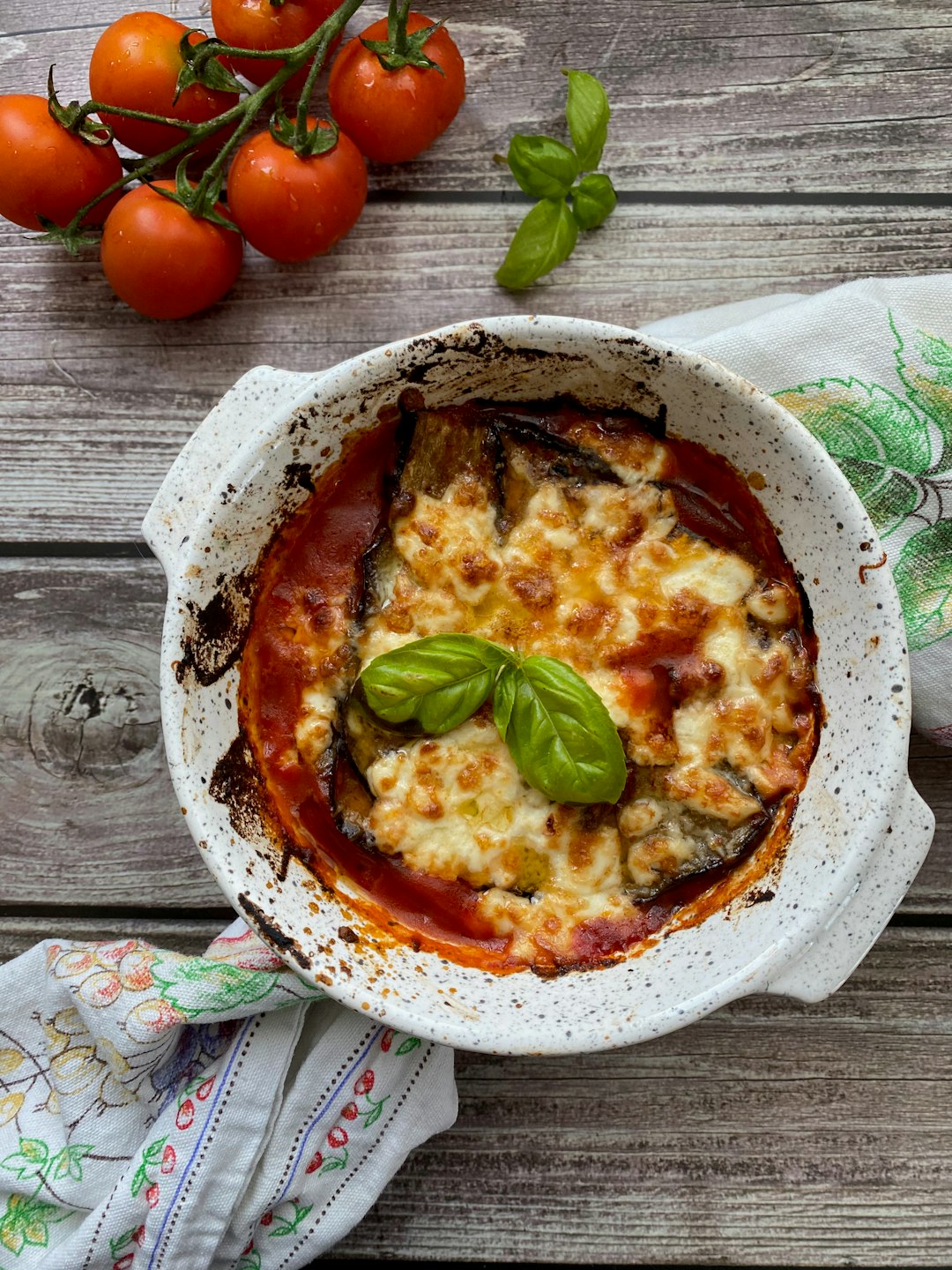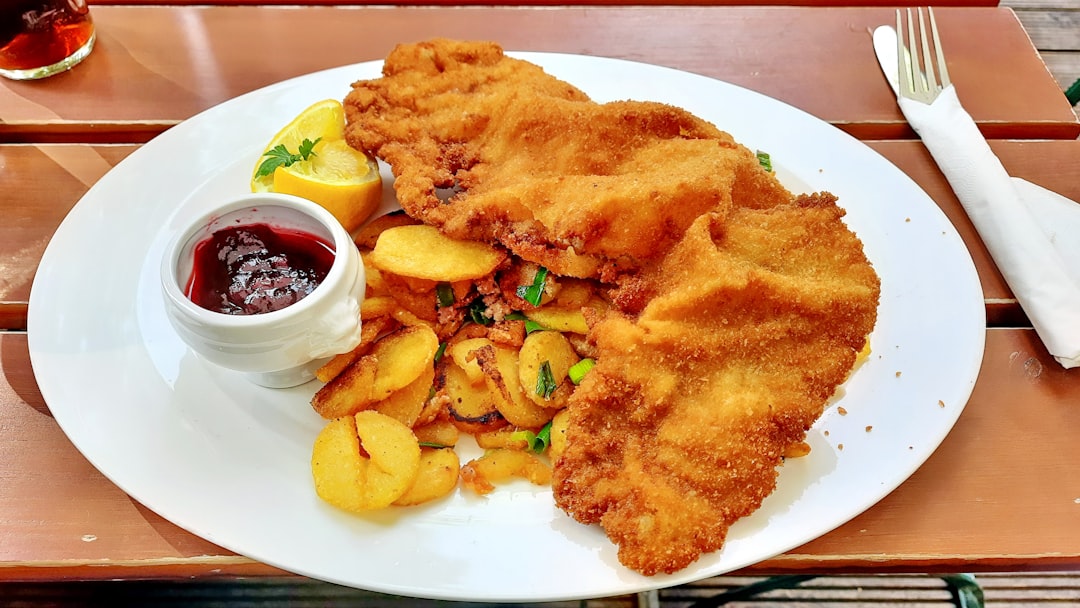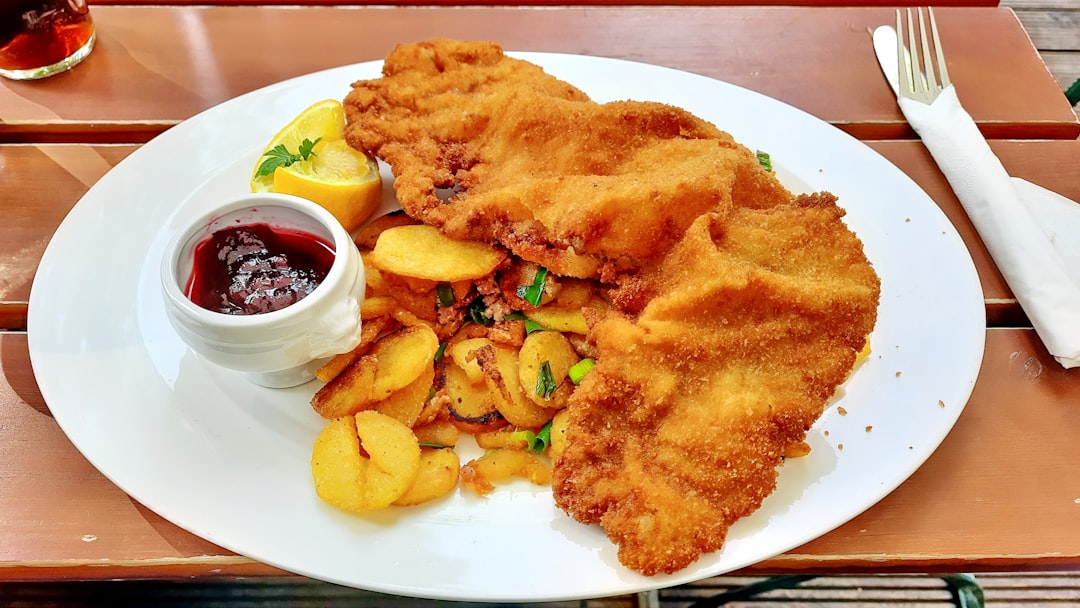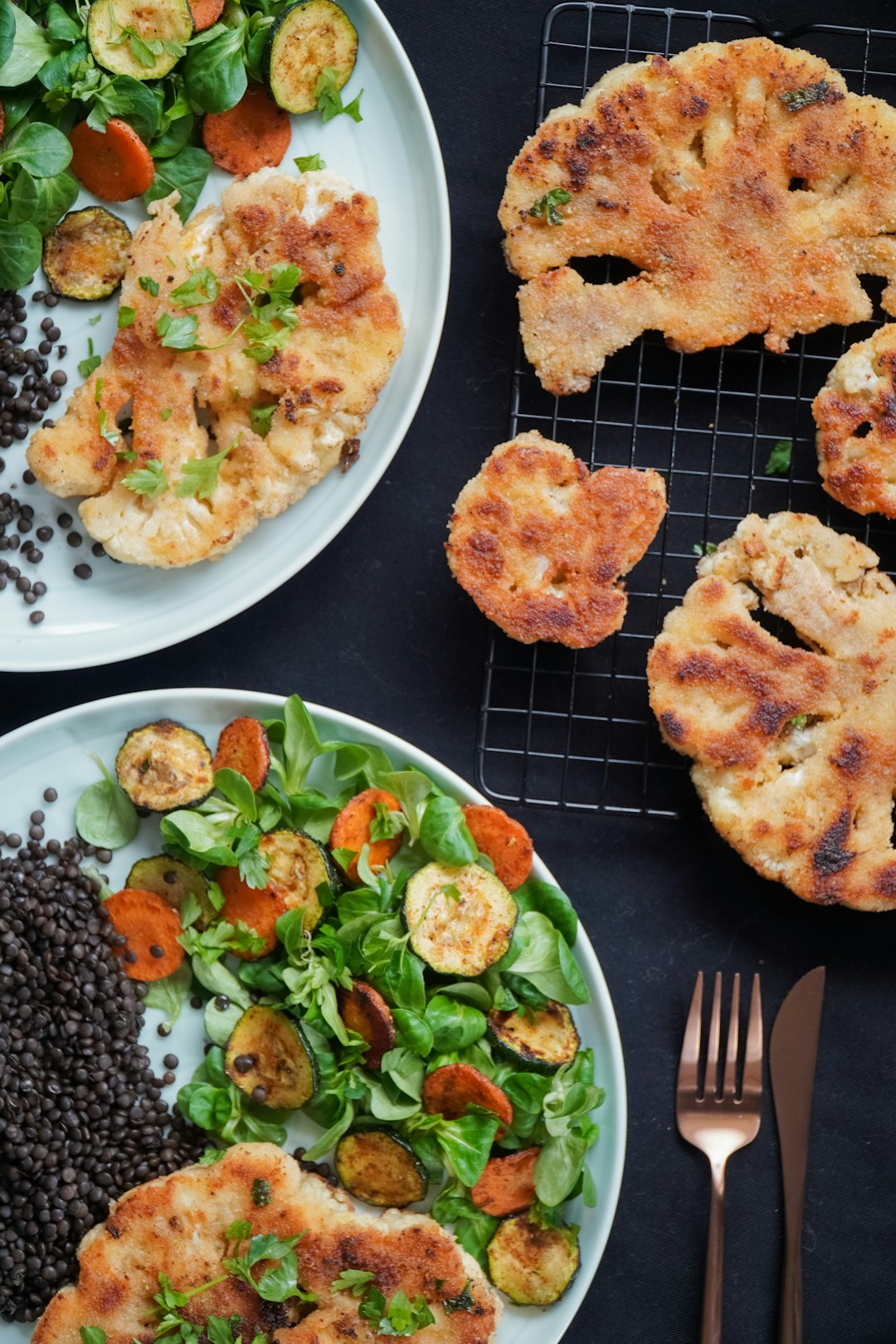Veal
And yet, despite its popularity throughout the ages, many people have chosen to avoid veal due to ethical concerns. Raising veal calves often involves keeping them in unwanted, uncomfortable conditions that severely limit their freedom. This has led to an understandable resistance to eating veal that has caused consumers to look for alternatives.
However, it is important to remember that this issue has more nuance than is often portrayed. Many veal farmers take steps to ensure their animals are raised humanely, using compassionate practices that involve plenty of room to move and ample access to sunlight. As a result, those seeking out ethically raised veal can rest assured that the animal has been given a much better life than its factory-farmed counterparts.
Moreover, veal can be an excellent option for those looking to eat healthily. Its lower fat content means it has fewer calories per serving than other meats, making it a great choice for anyone trying to cut back on calories. Additionally, veal is rich in nutrients, including iron, zinc, and protein, all of which can be beneficial for maintaining optimal health.
Ultimately, veal can be a tasteful, healthy addition to any diet — provided one ensures that the veal they consume is ethically sourced. With some research, consumers can find farmers who raise veal in a manner that is both healthy and respectful to the animal, allowing them to enjoy the delicious, nutritive treat without guilt.
Veal dishes
A selection of Veal dishes.
Veal Milanese
Veal Milanese has a distinct flavor that sets it apart from other Italian dishes. Heralding from Milan, Italy, it is a succulent dish of breaded veal cutlet, fried in butter and finished off with a sharp lemon squeeze and a sprinkling of Parmigiano-Reggiano cheese.
Veal MilaneseBratwurst
Indulge in the savoury symphony of a time-honoured Bavarian classic - Bratwurst. As the sun casts its golden rays upon the rolling hills of Germany, the aroma of sizzling sausages whispers a tantalizing melody to the wandering souls. This culinary masterpiece, crafted with an impeccable blend of finely ground pork, fragrant spices, and a touch of culinary wizardry, offers an exquisite journey for the palate.
BratwurstVeal Carpaccio
Delicate sheets of sheer pleasure, Veal Carpaccio transcends culinary boundaries to unite the palates of meat lovers and adventurous epicureans alike. Derived from the tenderest cuts of young calf, this masterpiece of gastronomy glides effortlessly onto the plate, heralding an avant-garde symphony of flavors and textures.
Veal CarpaccioOssobuco
Indulge your senses in the tantalizing world of culinary sophistication as we embark upon a gastronomic exploration of the revered Italian dish known as Ossobuco. Prepared with utmost finesse and finesse, this sumptuous delicacy effortlessly combines the robust flavors of succulent braised veal shanks, aromatic herbs, and a symphony of robust spices.
OssobucoParmigiana
The homeland of Parmigiana is Italy, and it is rightfully celebrated as one of its most iconic dishes. This delicacy has been around for more than two centuries, and over time has become beloved by foodies not only in Italy, but all over the world.
ParmigianaSchnitzel
The Schnitzel is a beloved fixture of German cuisine, and its influence can be found in many dishes around the world. But what is a Schnitzel, exactly? It's one of those dishes that is as delicious as it is intriguing - it's at once familiar and exotic, comforting yet inspiring.
SchnitzelKarađorđeva šnicla
Karađorđeva šnicla is an iconic Serbian dish that truly encapsulates the country’s proud culinary heritage. The hearty meal has been a cornerstone of Serbian cuisine since its inception, and it continues to be widely enjoyed by locals and travellers alike.
Karađorđeva šniclaVeal
Veal is an exquisite dish that has been enjoyed by foodies for centuries. The versatility of this delicate cut of meat makes it a crowd pleaser in many different dishes, from classic Italian veal osso buco to a comforting French blanquette de veau. Whether your dish of choice is something light and zesty or hearty and savoury, it’s hard to deny the unique depth of flavour that veal can bring to the table.
When it comes to selecting the right wine to pair with veal, there is no shortage of options. If you’re feeling adventurous and want something that will really amplify the flavour of your meal, try a creamy full-bodied Chardonnay or earthy Pinot Noir. For a more classic pairing, a dry Riesling or Merlot is always a safe bet.
When cooking with veal, the main trick is to keep the heat low and cook the meat slowly for maximum tenderness. To retain the moisture, most recipes call for either braising or stewing. Veal scaloppine is also a popular dish, and can be served with a variety of sauces that range from tart and tangy to rich and creamy.
No matter how you prepare it, veal is sure to be a showstopper on the dinner table. With the right ingredients and a bit of culinary intuition, you can take this humble cut of meat and turn it into a truly sumptuous feast. So, why not fire up the stove and experiment with some simple yet sophisticated veal recipes? You’ll be delighted with the results.
History of Veal
Ah Veal, the foodstuff so often overlooked when perusing a menu. But where did this delicacy originally come from? Well, buckle up veal devotees, because this is your comprehensive guide to the origin of the beloved dish.
It's believed that the use of veal as a culinary delight has its origins in the Ancient Roman Empire. The Romans saw veal as a luxurious delicacy in part due to its scarcity due to certain societal restrictions - at the time, only wealthy families were able to sustain breeding programs that would yield high-quality calves for use in the kitchen. In addition, veal's mild flavor, versatility, and tender texture made it an incredibly desirable protein to serve as part of a meal.
The popularity of veal resulted in it becoming a regular feature of feasts and banquets during the Middle Ages; veal dishes were usually served with heavily spiced sauces and herbs, adding an extra layer of flavor and intrigue to the plate.
It's also around this time that different methods of preparing the meat began to emerge. One such technique was to prepare the veal in a pot-roast style – slow cooked in a flavorful liquid and vegetables for extended periods of time in order to ensure it remained moist and juicy.
As different cultures from the Middle East and Mediterranean regions began to make their own tweaks to the style of preparation, various incarnations of veal began to emerge. From tender scallopini dishes topped with citrusy sauces, to using the meat in more traditional Italian lasagna recipes, to the Austrian practice of serving Wiener Schnitzel – an airy, golden fried cutlet – it’s clear that veal is more than just a humble protein.
Veal's journey across the world stopped north of the border in the United States, immigration bringing with it the various techniques of preparing the meat. This migration revolutionized the way we look at veal and the endless possibilities available when using the protein.
Today, veal is still a popular choice for foodies of all kinds, be it on luxurious restaurant menus or in home cooked meals. Whichever way you choose to go about enjoying this beloved delicacy, make sure you take a moment to appreciate the long journey it took for it to get to your plate.


